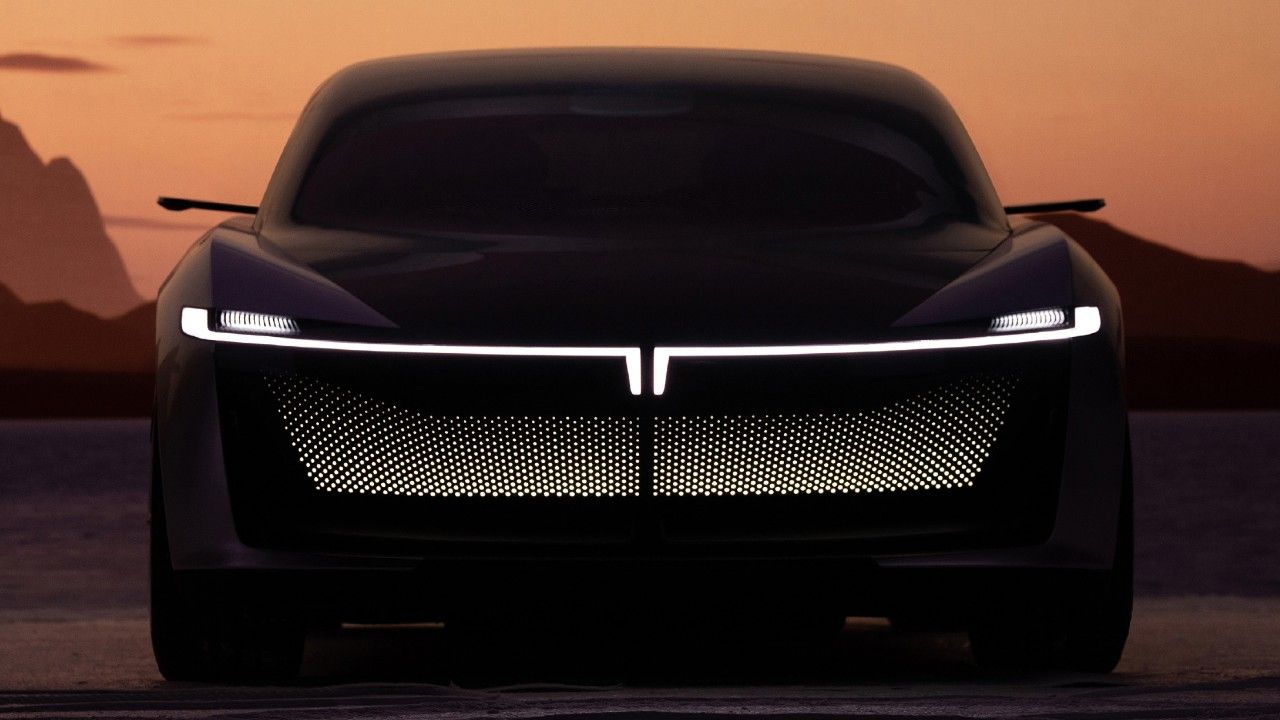Tata Motors unveils the Avinya concept
Tata Motors' latest electric concept is named the Avinya and it debuts the third-gen, electric-only platform. The Avinya also debuts a new design language, particularly with its lighting elements, though it won't be in production before 2025.

Tata Motors’ third-gen architecture debuts with the Avinya concept.
Tata Motors is betting big on electric vehicles. It's no surprise, then, that hot on the heels of the Concept Curvv, comes another concept, called the Avinya. The Avinya marks the debut of a new design language for Tata Motors and also the new third-gen electric-only architecture. The Concept Curvv was based on the second-gen platform.

Tata Motors says that while the first-gen platform, underpinning the Nexon EV and Tigor EV, was designed to enable quick adoption of electric vehicles and to allow for easy conversion of ICE-powered vehicles to electric, the Gen 2 went further to be EV-ready from the get-go. The Gen 3 takes it a step further by being EV-only, essentially freeing engineers and designers from the constraints of an ICE platform.

This has allowed the Avinya to have the design elements of a premium hatchback and the practicality and space of an MPV, along with the high-riding stance of an SUV. The Avinya has a sleek front end, with a new signature for the LED DRLs, which looks like a modern interpretation of the Tata Motors logo.

At the rear, there is a horizontal lightbar with the same lighting signature, which juts out at both edges of the car – a rather cool detail, we must add. The sides are relatively plain, although there are suicide doors at the rear, and there are no central B-pillars on the concept, which should make ingress even easier.

The interior is rather simple and is devoid of large touchscreens, which, according to Tata Motors, has been done to promote its voice-controlled interface. The use of screens is meant to complement the driving experience and not shift the focus away from it.

Tata Motors hasn’t revealed too many specifics about the Avinya but has said that this platform promises a range of over 500km and will be put into production in 2025. The Gen 3 platform will also spawn other EVs in different shapes and sizes, starting with the Avinya. In other news, Tata Motors has confirmed that it is looking into battery production and is also evaluating the possibility of making its own semiconductors.
Also read:
Tata Motors debuts Concept Curvv
Tata Altroz DCA Review: First Drive







Write your Comment on